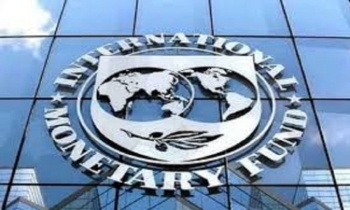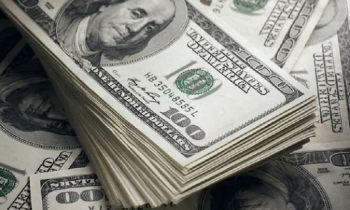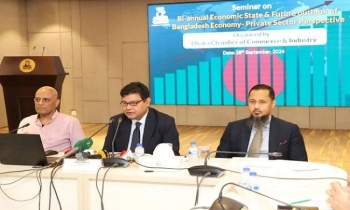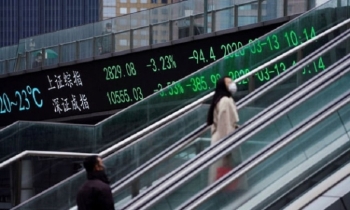Which districts in Bangladesh get the most remittances?
BI Report || BusinessInsider
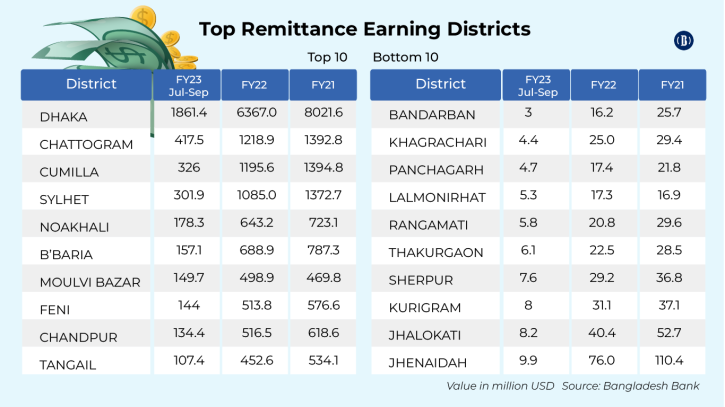
Graphics: Business Insider Bangladesh
With the chaotic world politics, remittance inflow, a vital source of foreign currency for Bangladesh, is showing signs of irregularities in recent months. The country saw seven-month low inward remittances in September 2022, following two months of over $2 billion filling the forex reserves.
The economies of some districts heavily are dependent on incoming remittance. And in some villages, social life has become intertwined with the money sent by expatriates. If there are any major shortfalls in the inflow of remittance, its impact can be felt in those districts with its ripple effect on the rest of the country.
The sudden fall in the incoming foreign currency from Bangladeshi expatriates last month is a concerning development that needs urgent attention. Considered a lifeline for the country’s economy, a low injection of remittance can be devastating for the economy which is already reeling from depleting foreign exchange reserves.
Experts see the unusually low remittance inflow in September correlating with the central bank fixing the dollar exchange rate. The remittance inflow in the first half of the month was satisfactory, but it soon dropped when the Bangladesh Bank made the announcement. The move prompted wage earners to send their hard-earned money less through legal channels, according to bankers.
Dhaka, Chattagram, Sylhet, Cumilla, and Sylhet districts have always been known for their expatriates sending the lion’s share of the country’s incoming remittances. But there are some other districts, which bring in a lot of remittances, not known to many of us. For example, Chandpur and Kishoreganj get huge amounts of remittances, but people outside these districts are not aware of the issue.
On the other hand, Shariatpur, which is considered one of the top remittance recipient districts, is not on the list of the top five districts. Usually, the southeastern and northern districts of Bangladesh have been low in remittance contribution.
The latest data from the Bangladesh Bank shows little change in the district-wise position for remittance contribution. However, the figure for FY22 alarmingly was low compared to FY21, and if the low remittance inflow seen in September continues for the rest of the year, Bangladesh’s economy may see a bumpy ride ahead.
Bangladesh received slightly over $21 billion in remittances in FY22, down from $24.78 billion in FY21. Presently, the government offers a 2.5 percent cash incentive against inward remittances as part of its move to channel more remittances through the banks.

